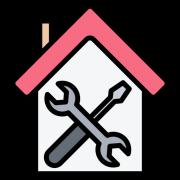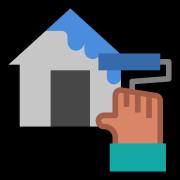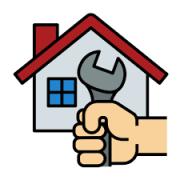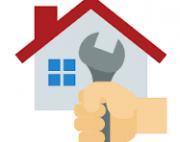Your roof is your home’s first line of defense against the elements—sun, rain, wind, and snow. Yet it’s often the last thing homeowners think about until a leak appears or shingles start flying. Timely roof repairs not only prevent costly damage but also extend the life of your roof and preserve your property’s value. Here's a comprehensive guide to understanding, identifying, and tackling roof repairs like a pro.
Common Roof Problems
Before you grab a ladder, it helps to know what you’re looking for. Here are the most frequent issues:
Leaks: Often caused by damaged shingles, cracked flashing, or clogged gutters. Water stains on ceilings or walls are telltale signs.
Missing or Broken Shingles: These expose the underlayment and can lead to leaks.
Damaged Flashing: Flashing around chimneys, vents, and skylights can corrode or loosen over time.
Sagging Roof Deck: Indicates structural issues, often due to prolonged water damage.
Moss or Algae Growth: While not immediately harmful, it can trap moisture and degrade roofing materials.
DIY Roof Repair: Step-by-Step
Minor repairs are manageable with basic tools and safety precautions. Here's how to handle the most common fixes:
1. Inspect and Identify
Check the attic for water stains, mold, or damp insulation.
Examine the roof surface for missing shingles, rusted flashing, or debris buildup.
2. Replace Damaged Shingles
Gently lift the surrounding shingles.
Remove nails and the damaged shingle.
Slide in a new shingle and secure it with roofing nails.
Seal with roofing cement to prevent future leaks.
3. Repair Flashing
Remove the old flashing carefully.
Cut a new piece to size, bend it to fit, and secure it with nails.
Seal edges with waterproof roofing sealant.
4. Seal Cracks and Holes
Use roofing sealant or caulk to fill small cracks.
For larger holes, consider patching with roofing tape or a metal patch.
⚠️Safety Tip: Always use a stable ladder, wear non-slip shoes, and avoid working on the roof during wet or windy conditions.
When to Call a Professional
Some repairs are best left to licensed roofers, especially if:
The damage is extensive or structural.
You’re dealing with steep or multi-story roofs.
You’re unsure about the source of the leak.
Professional roofers can also offer inspections, warranties, and long-term solutions that DIY fixes might not cover.
Choosing the Right Materials
Your repair’s longevity depends on using the right materials:
Asphalt Shingles: Affordable and easy to install.
Metal Roofing: Durable and weather-resistant.
Tile or Slate: Long-lasting but heavier and more expensive.
Match new materials to your existing roof to maintain consistency and performance.
Maintenance Tips to Avoid Repairs
Clean gutters regularly to prevent water backup.
Trim overhanging branches to reduce debris and impact damage.
Schedule annual roof inspections, especially after storms.
Final Thoughts
Roof repairs might not be glamorous, but they’re essential. Whether you’re patching a leak or replacing a few shingles, staying proactive can save you thousands in future damage. And if you ever feel out of your depth, don’t hesitate to call in the pros—your roof (and your wallet) will thank you.
Read more







